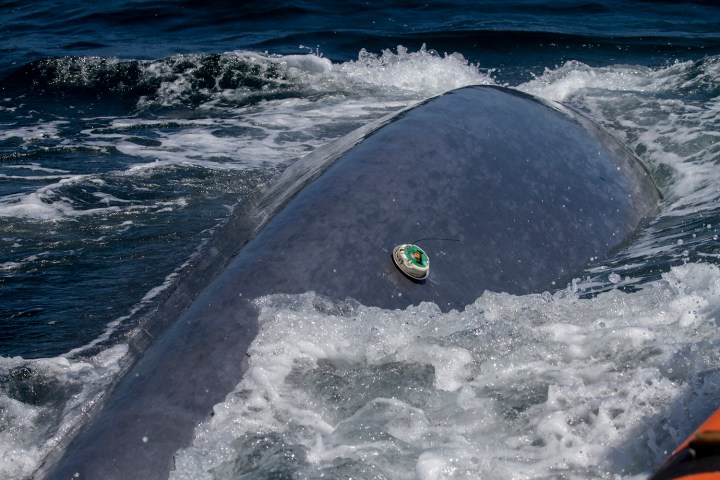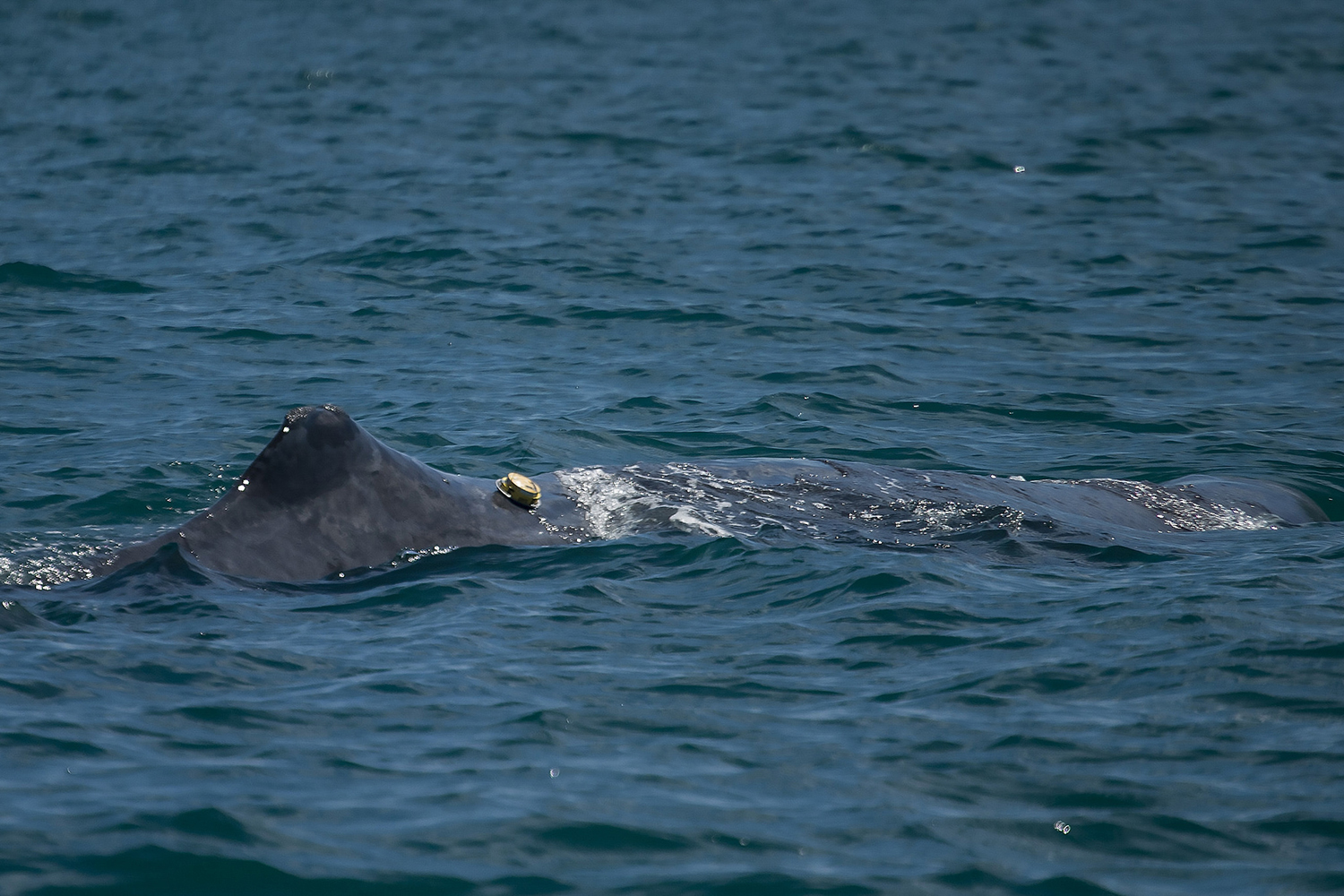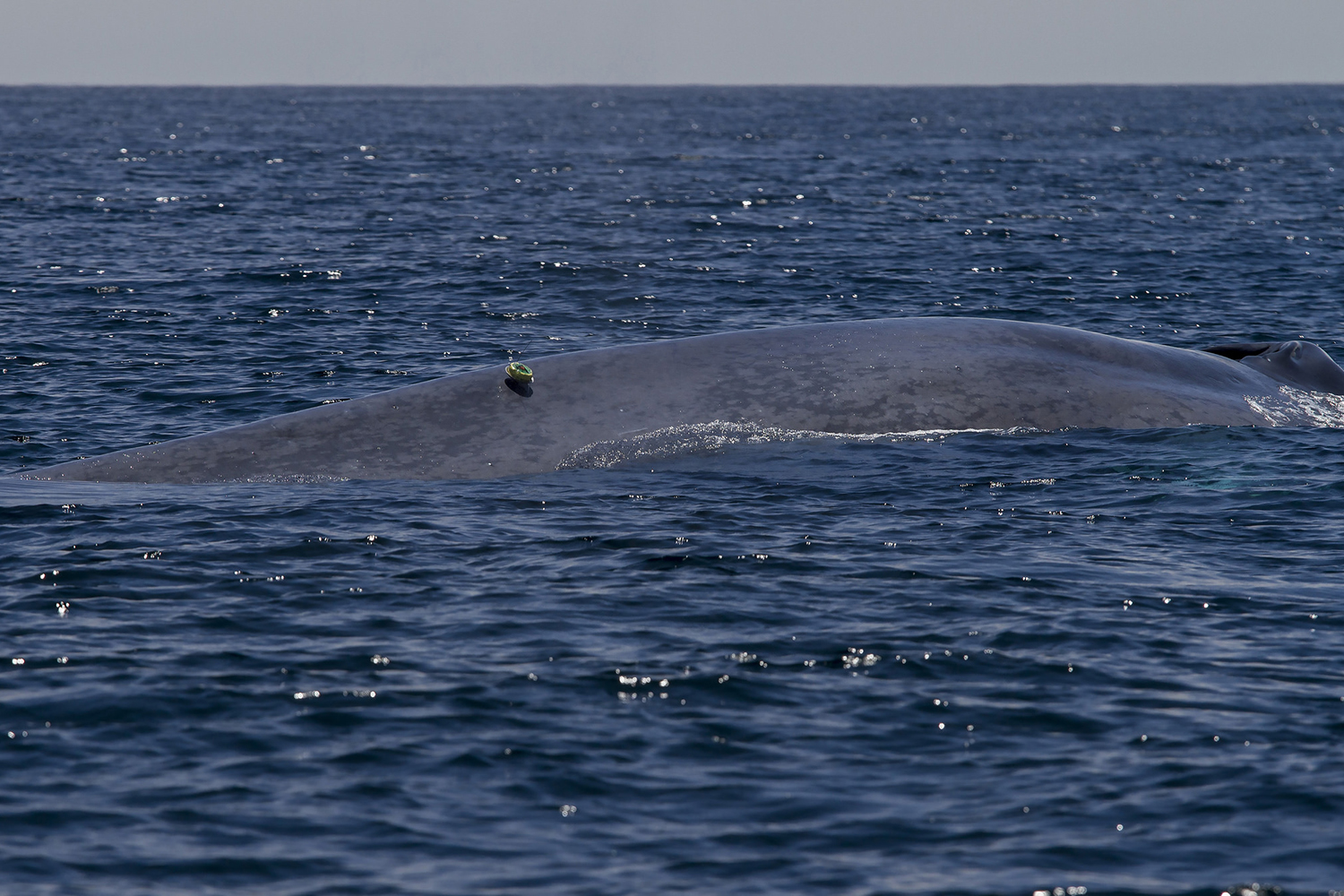
Once a whale has begun carrying an ADB tag, the device gathers information on its movement and environment, including water depth and temperature. Whereas previous technologies could operate only for a number of days, the ADB tag is capable of collecting data for much longer.
“This new tag collects data for up to seven weeks so it gives us a much better measures of the variability in a whale’s life — and especially how their foraging effort varies over large areas — compared to previous tags that were attached with suction cups and lasted only a few hours to a full day.” Bruce Mate, professor and director of OSU’s Marine Mammal Institute in the College of Agricultural Sciences, told Digital Trends.
Along with co-authors Daniel Palacios and Ladd Irvine, Mate published a paper describing the research last week in the journal Ecology and Evolution. Through their work, they’ve come to see the whales as more than just scientific subjects — they’ve essentially become collaborators in broader research.
“The data coming back from these tagged whales provides us oceanographic data, such as the vertical temperature — stratification — structure of the ocean, validated by surface temperatures that we read for larger areas from satellite images,” Mate said. “This process is similar to what ships on expensive cruises survey to help oceanographers identify water masses. In addition to the depth-temperature relationship, we also get light penetration into the upper water column. These observations help us characterize the preferred habitat of the whale’s prey species, as well as understand where and how whales hunt them.”
So far the researchers have used ADB tags to track sperm, baleen, and blue whales, uncovering unique behaviors of each species.
“The most dramatic findings are how whales feed, which is different between most species so far,” Mate said. “We can get a sense of how the whales feed — depth, frequency and acceleration or deceleration. Perhaps much more important, but not reported in this paper, is the inconsistency in the clusters of feeding events. It is common to think that foraging areas — where whales are seen during their foraging season — are more consistently productive than what we are coming to understand now.”
In order to access the data, researchers must first collect the tag after it automatically detaches and floats to the surface. That task isn’t easy, but GPS-quality location trackers and blinking LED lights assist in the search and recovery.




